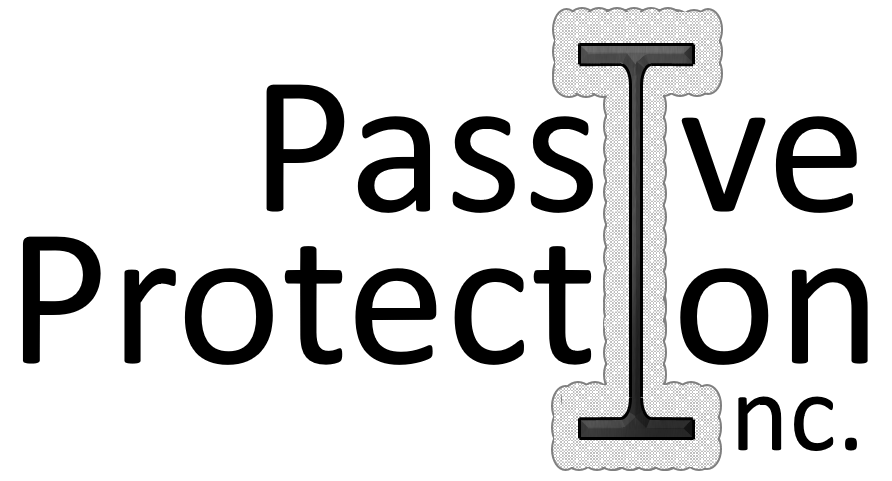Conscientious Building Practices for Project Teams and Owners
“LEED, or Leadership in Energy & Environmental Design, is a green building certification program that recognizes best-in-class building strategies and practices.”
LEED is a strategy – a concept that is woven into the entire approach to a project. As with many strategies, one single component or decision cannot determine success or failure; however, a trend of decisions, choices made with a final endpoint in mind, will greatly increase the likelihood of success. Passive Protection, Inc. is proud to be part of a “good decisions” trend. The products, equipment, and services are all carefully chosen to provide the most effective solutions with the least amount of impact – on our customers, daily operations AND the environment.
This is not always a common, easy, or inexpensive option (in the short term), but as green building practices continue to develop and become engrained in design and build phases, the long-term return on investments are realized in a much shorter period of time. To help in speeding up that ROI, incentives are in place for making environmentally-conscientious decisions, and below is a short list of key areas where LEED points can be accrued through the use of Passive Protection products and services.
LEED strategies also encourage innovation. Therefore, for new challenges or ideas that fall outside of the more straightforward, common applications, Passive Protection is your resource for creative insight and flexibility.
Page Jumps:
Environment and Safety Conscious
It is important that public safety is not traded for health or environmental concerns; therefore, all products used by Passive Protection, Inc. are:
- Non-toxic
- Non-corrosive
- Biodegradable
- Environment friendly
- Water-based, colorless, and odorless.
- Safe for use in both commercial and residential settings (including toys and bedding)
Additional services and equipment are also designed to follow this environmentally-conscious initiative:
- Replace caustic and hazardous cleaning chemicals with environmentally-friendly products
- Utilize natural-based flame retardant products versus commonly used chlorinated, brominated or halogenated compounds (linked to bio-accumulation, persistency, and toxicity)
- Operate energy-efficient equipment to minimizing electricity and water usage.
Interior Design and Construction (ID&C)
MATERIALS AND RESOURCES:
- Prereq – Construction and Demolition Waste Mgmt
- (1 pt) Long-term Commitment – long-lasting protection or recertification and retreatment.
- (1-2 pts) Interior Life-Cycle Impact Reduction – Interior reuse, Furniture Reuse, Design for Flexibility: consistent maintenance, retreatment, recertification of fire ratings extends useful life of materials, furniture, and adaptive work spaces. Integral labeling tracks life-cycle and finished product information.
- (1-2 pts) Building Product Disclosure and Optimization – Environmental Product Declarations
- (1-2 pts) Building Product Disclosure and Optimization – Sourcing of Raw Materials: achieve fire code ratings on reused, salvaged, refurbished, recycled, or raw materials.
- (1-2 pts) Building Product Disclosure and Optimization – Material Ingredients: content and health product declaration
- (1-2 pts) Construction and Demolition Waste Mgmt – wood waste to fuel, decreased waste per sq. ft.
INDOOR ENVIRONMENTAL QUALITY:
- (1-3 pts) Low Emitting Materials – low/no VOC, formaldehyde content – interior paints, coatings, furniture, insulation
Building Design and Construction (BD&C)
MATERIALS AND RESOURCES:
- (2-6 pts) Building life-cycle Impact Reduction – rezone, renovate historic or abandoned/blighted; reuse, salvage materials
- (1-2 pts) Building Product Disclosure and Optimization – Environmental Product Declarations
- (1-2 pts) Building Product Disclosure and Optimization – Sourcing of Raw Materials: achieve fire code ratings on reused, salvaged, refurbished, recycled, or raw materials.
- (1-2 pts) Building Product Disclosure and Optimization – Material Ingredients: content and health product declaration
- (1-2 pts) Furniture and Medical Furnishings – minimal chemical content, multi-attribute assessment of products (utilize recycled, refurbished, reused, wood products, or bio-based materials)
- (1-2 pts) Construction and Demolition Waste Mgmt – wood waste to fuel, decreased waste per sq. ft.
INDOOR ENVIRONMENTAL QUALITY:
- (1-3 pts) Low Emitting Materials – low/no VOC, formaldehyde content – interior paints, coatings, furniture, insulation
- (1 pt) Construction Indoor Air Quality Management Plan – minimize particulates, VOC’s
Existing Buildings: Operations and Maintenance (EBOM)
MATERIALS AND RESOURCES:
- (1-2 pts) Purchasing – Facility Maintenance and Renovation: Products and materials – REACH compliant, minimize VOC, formaldehyde, Furniture – refurbish, reuse, recycle.
- (1-2 pts) Solid Waste Management – Facility Maintenance and Renovation
INDOOR ENVIRONMENTAL QUALITY:
- Prereq – Green Cleaning Policy
- (1 pt) Green Cleaning – Custodial Effectiveness Assessment
- (1 pt) Green Cleaning – Products and Materials
- (1 pt) Green Cleaning – Equipment
- (2 pts) Integrated Pest Management – non-toxic pest and insect resistance

